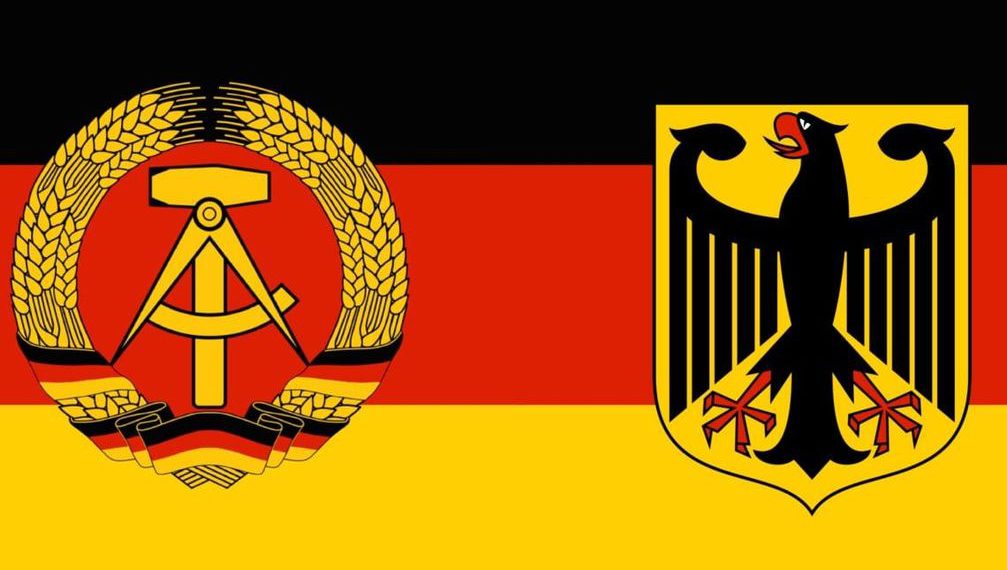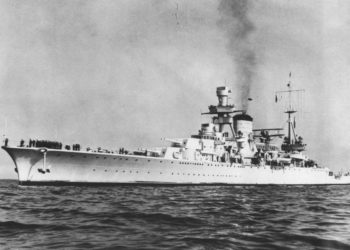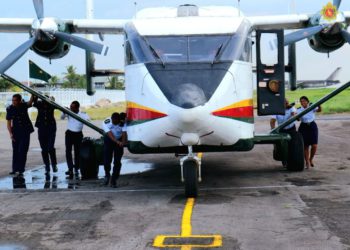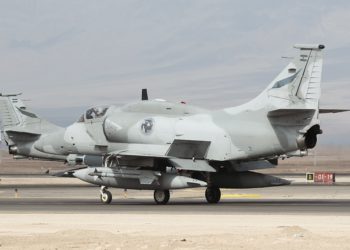Post-war Germany: A Tale of Two Armies – The Bundeswehr & the Nationale Volksarmee
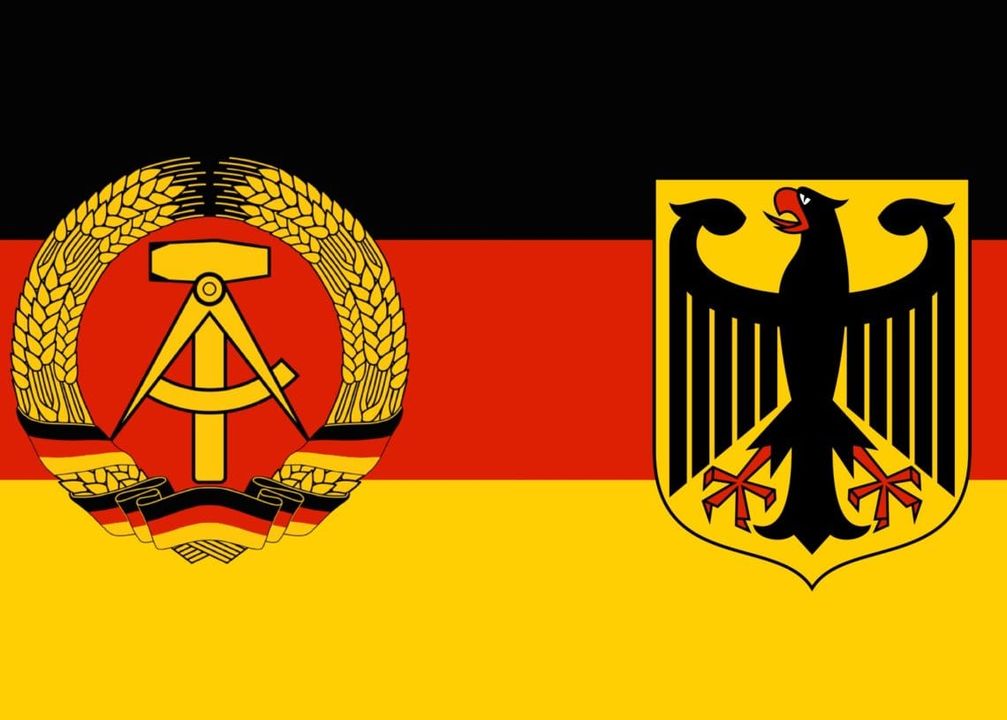
By 1945, Germany was defeated and the country was de-facto divided between East and West. Its armed forces were disbanded and everyone was pretty happy about that. But as tensions escalated between Eastern and Western blocs and as the Korean war demonstrated that a communist regime could militarily overrun another country, mindsets started to change…
Both East and West decided that there was a need to have a German army to defend German territory against a potential attack by the other side…
The Birth of the Bundeswehr
In the West, the Bundeswehr was born in 1955. Over-eager to avoid any comparison with the Wehrmacht, the new West-German army gave up all its Prussian heritage. Gone were the old-style uniforms, parades, goose stepping and Stahlhelm. The uniforms, style and drills were borrowed from American and British armies. This was as much for the benefit of the German population, traumatised by years of war as it was for the benefit of Germany’s neighbours, more than a bit nervous about a re-militarised Germany… As such, the Bundeswehr adopted an approach and image which earned it the title of a “soft” army.
The Birth of the Nationale Volksarmee (NVA)
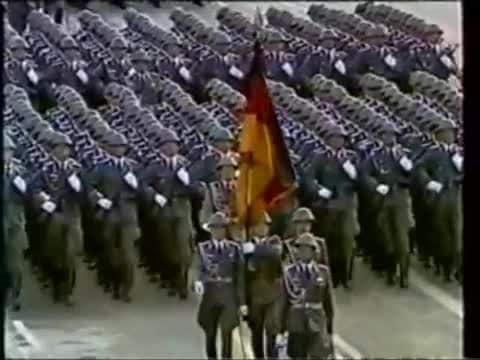
In the East, the NVA was born in 1956. But over there, things were different… The NVA was to be one of 8 Warsaw Pact armies (Soviet Union + 7 Satellite countries). A tiny country compared to its 6 Eastern European neighbours and the 15 Soviet Socialist Republics. The East Germans wanted to stand out as Germans and protect their Prussian heritage. As such, the Volksarmee adopted a uniform cut that was modeled on the Wehrmacht’s old uniforms. They even adopted the same field grey colour! Same goes for the helmet which was copied on the unused Wehrmacht prototype B/II helmet. Its troops in the field adopted camouflaged uniforms based on the SS uniforms of WWII. And yes, they kept the Prussian drills and parades, too.
The Fall of the Berlin Wall and Aftermath
After the fall of the Berlin wall in 1990, all this changed… The two German armies did not merge. The Western Bundeswehr simply took over and absorbed the Eastern Volksarmee. All NVA officers above the rank of Lieutenant Colonel were let go. The surviving 3,000 NVA officers were all automatically demoted by one rank upon being integrated into the new German army and were put on a 3-year probation. The Prussian drills and traditions as well as the Wehrmacht style uniforms were abandoned in favour of the Bundeswehr’s own ones.
The Legacy of Prussian Military Traditions
Today, if you are looking for Prussian military traditions, you have to look toward Chile… The Chilean army very early on adopted Prussian drills and tactics. This helped the South American country win several military victories. As such, elaborate Prussian drills are part of its military tradition and are displayed at parades. You could easily mistake a Chilean soldier for a Wehrmacht one from far away.
-RBM.
